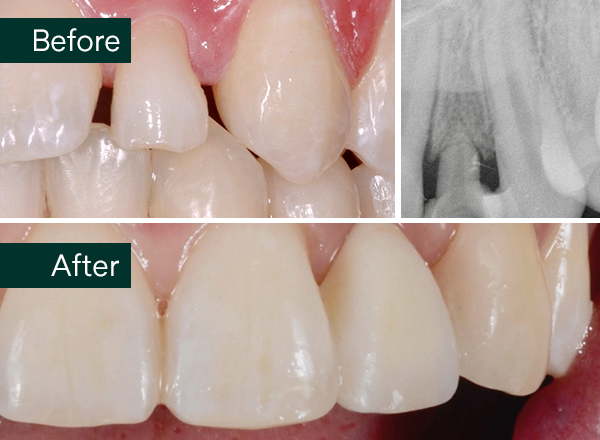
October 20, 2025
Clinical Case: Narrow Class II restorations with 3M™ Filtek™ Easy Match Universal Restorative
Using 3M™ Filtek™ Easy Match Universal Restorative, and 3M™ Scotchbond™ Universal Plus Adhesive.
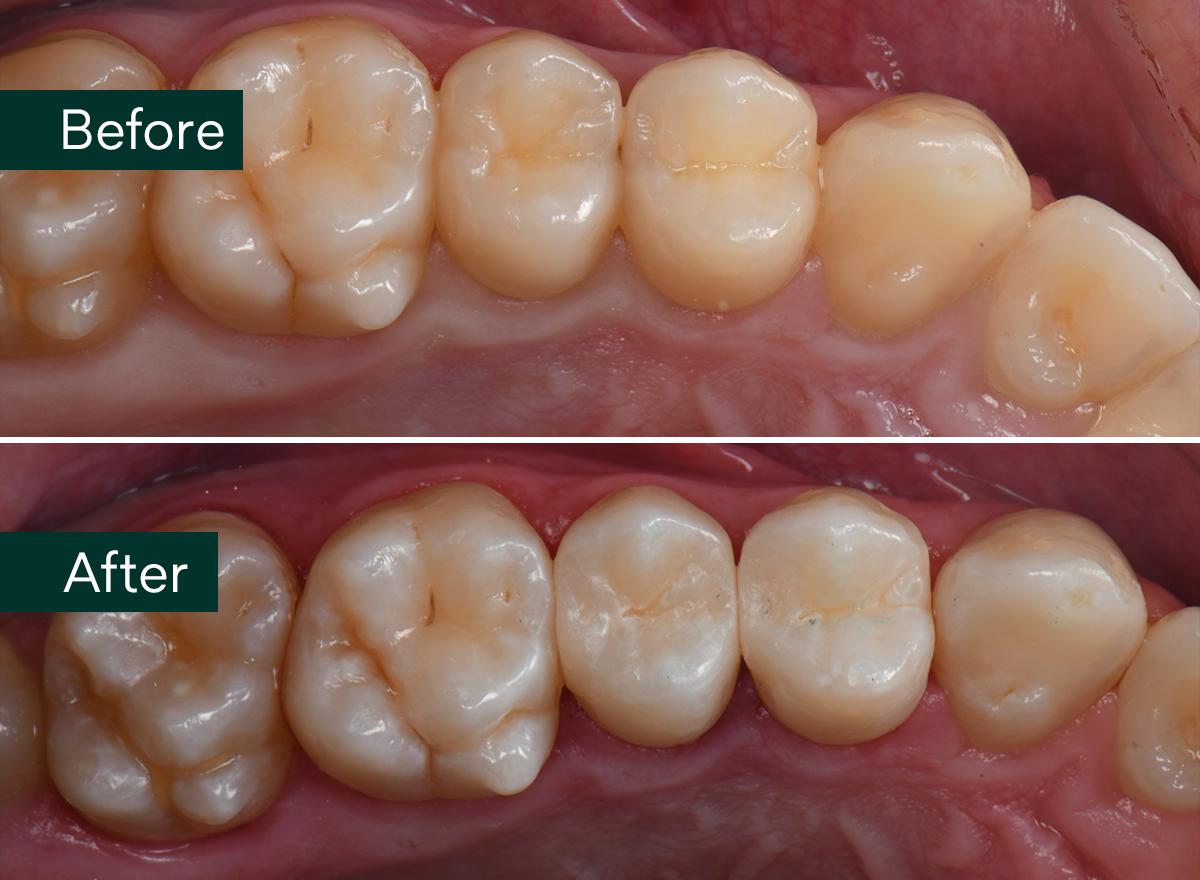
/ Clinical Cases / Narrow Class II restorations with 3M™ Filtek™ Easy Match Universal Restorative
October 20, 2025
Using 3M™ Filtek™ Easy Match Universal Restorative, and 3M™ Scotchbond™ Universal Plus Adhesive.

This young 20-year-old man came to my office for a check-up. He told me he used an electric toothbrush but did not use dental floss. His oral hygiene was fair. After performing a clinical examination and bitewing radiographs, I found the presence of interproximal carious lesions at the upper left premolars. According to the Anusavice and Benn classification (2005), these were D1 lesions, thus deserving restorative treatment.
After completion and one week follow up patient reported having all discomfort subsided and a “more relaxed feeling”.
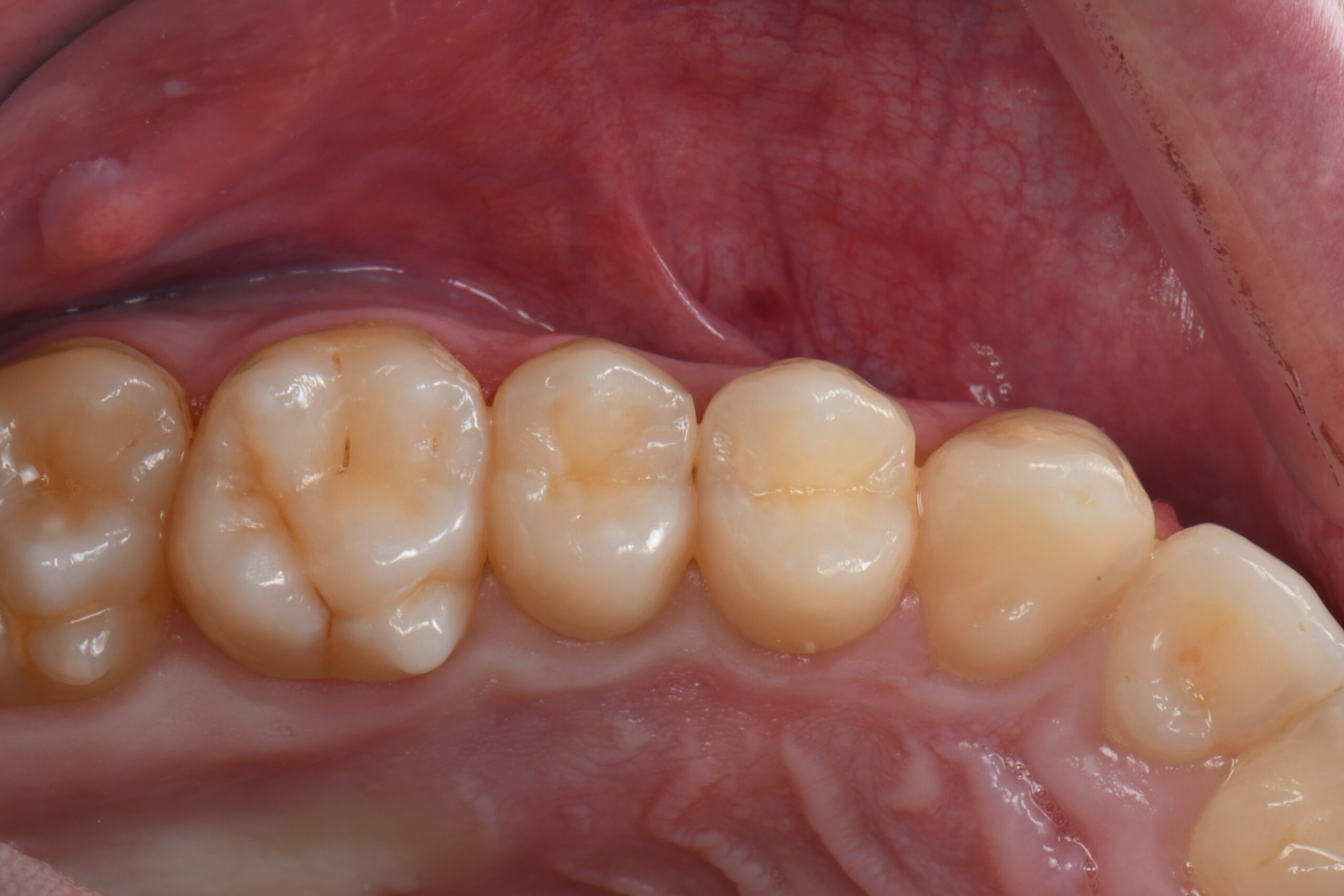
Pre-op Photo (occlusal view). As you can see it’s difficult to find interproximal cavities using only the clinical exam
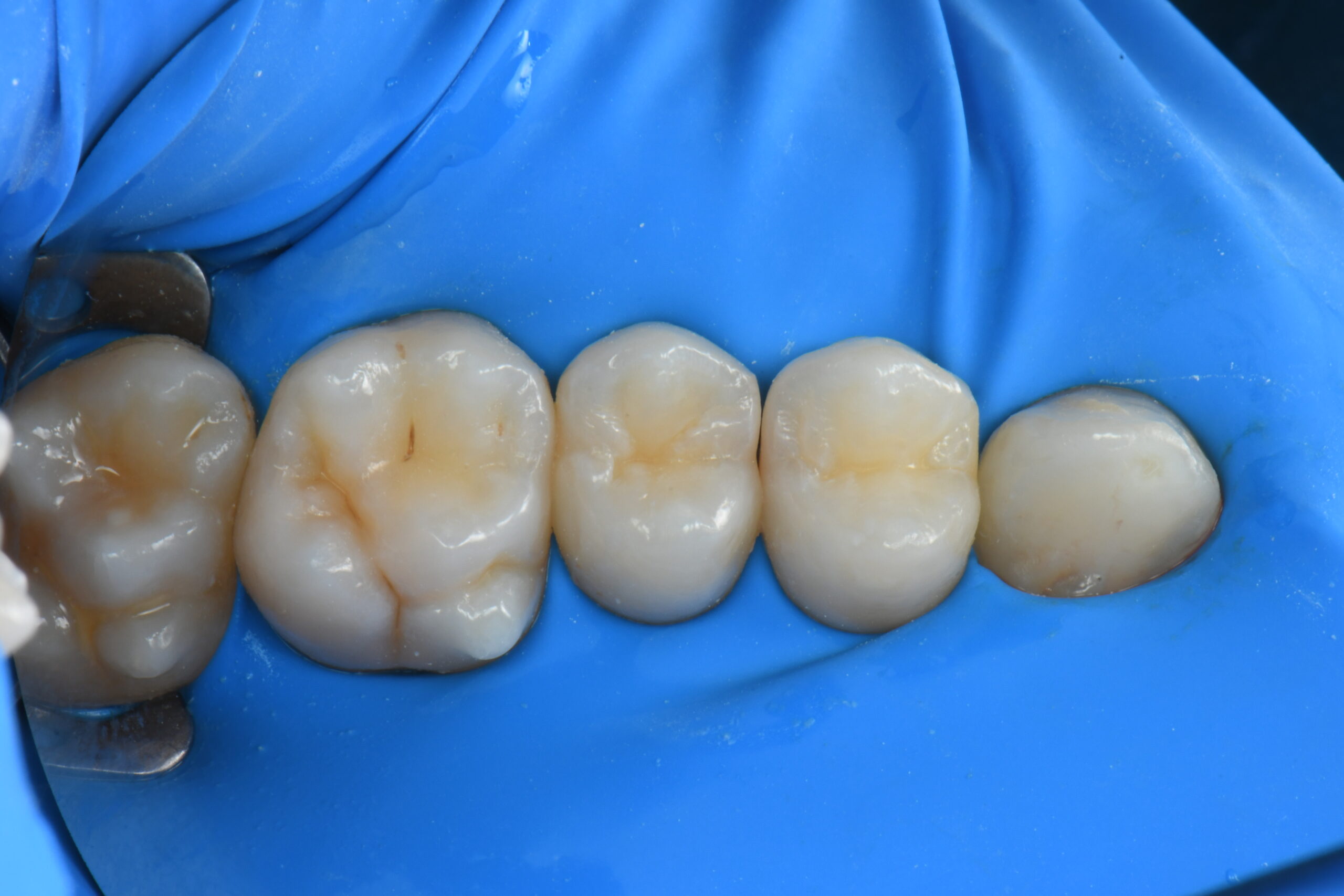
The rubber dam is properly placed
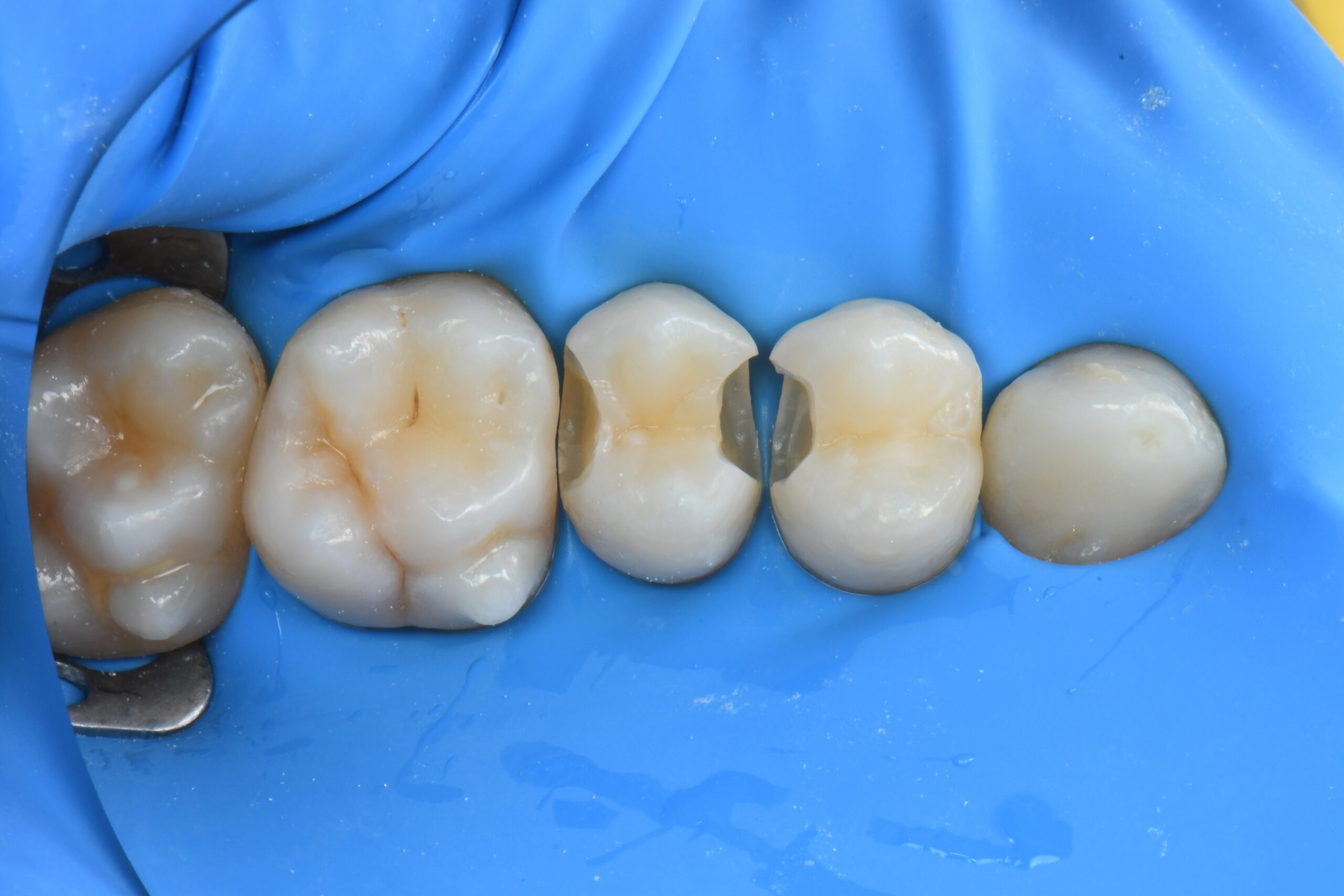
Minimally invasive interproximal boxes are opened in order to remove the carious lesions
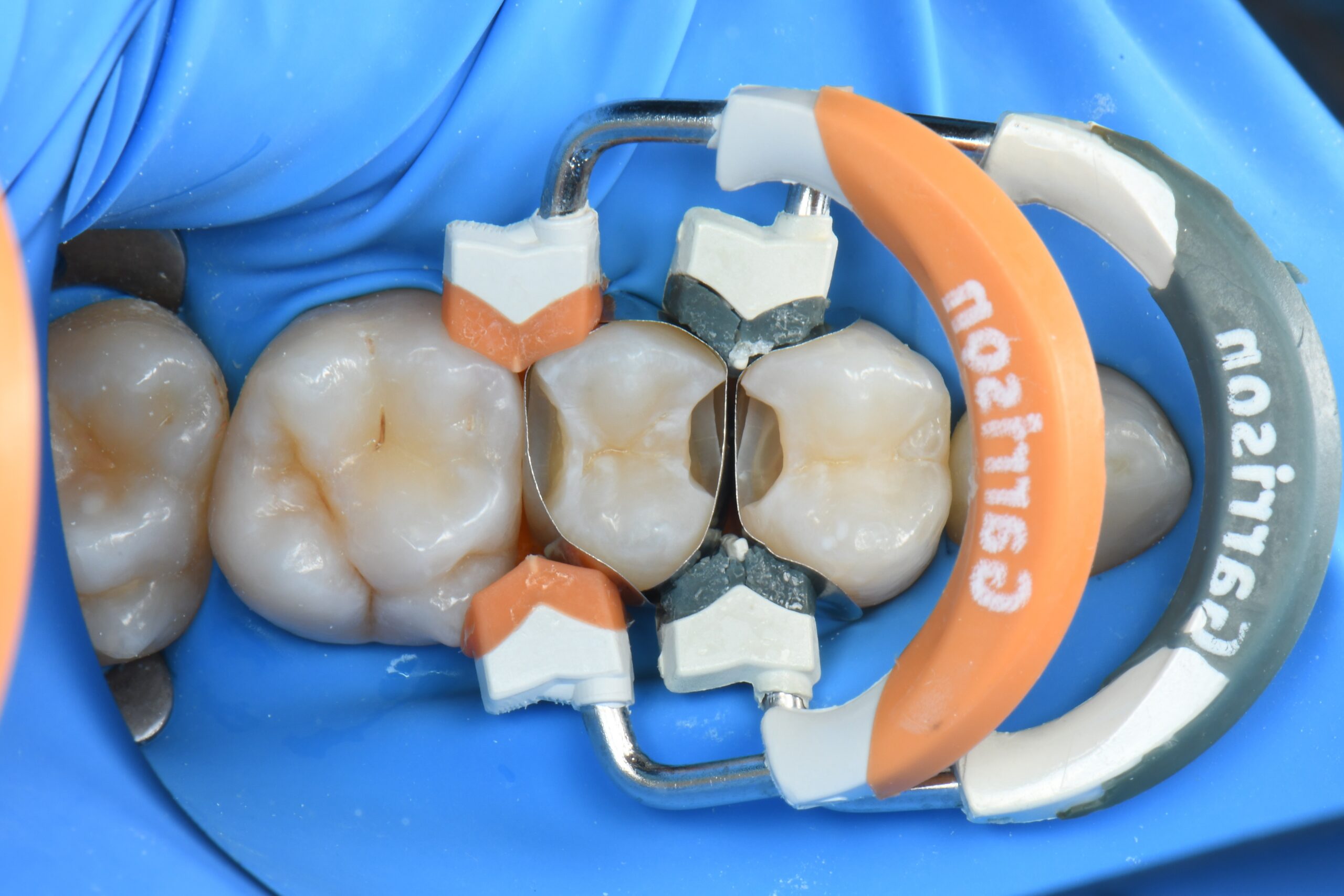
Sectional matrices, wedges and rings are properly placed, and selective enamel etching is performed
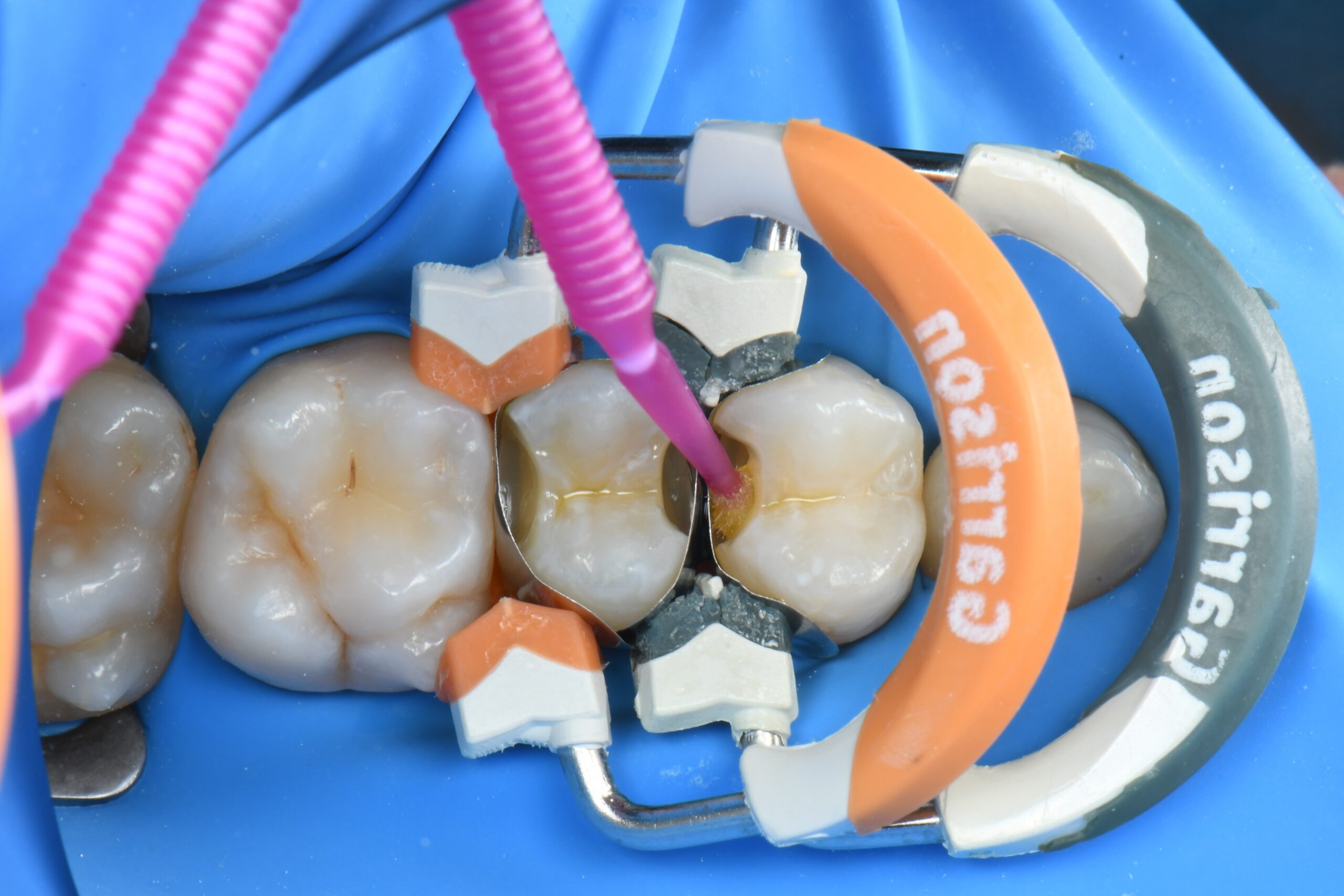
The adhesive phase is performed with 3M™ Scotchbond™ Universal Plus Adhesive and light cured
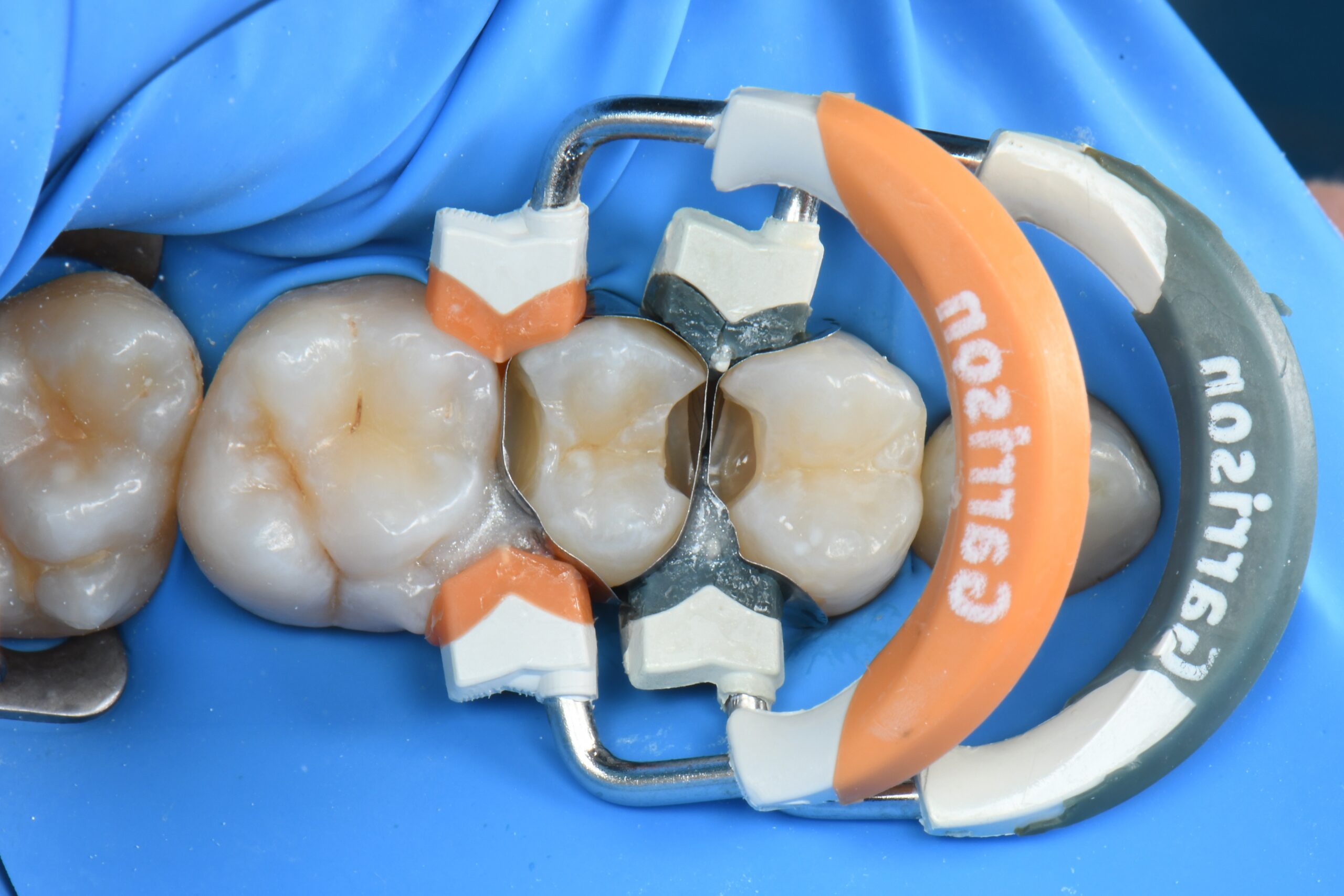
A thin layer of flowable composite is placed. Sectional matrices are adapted with light-cured resin barrier for tight adaptation, enabling faster and easier refining
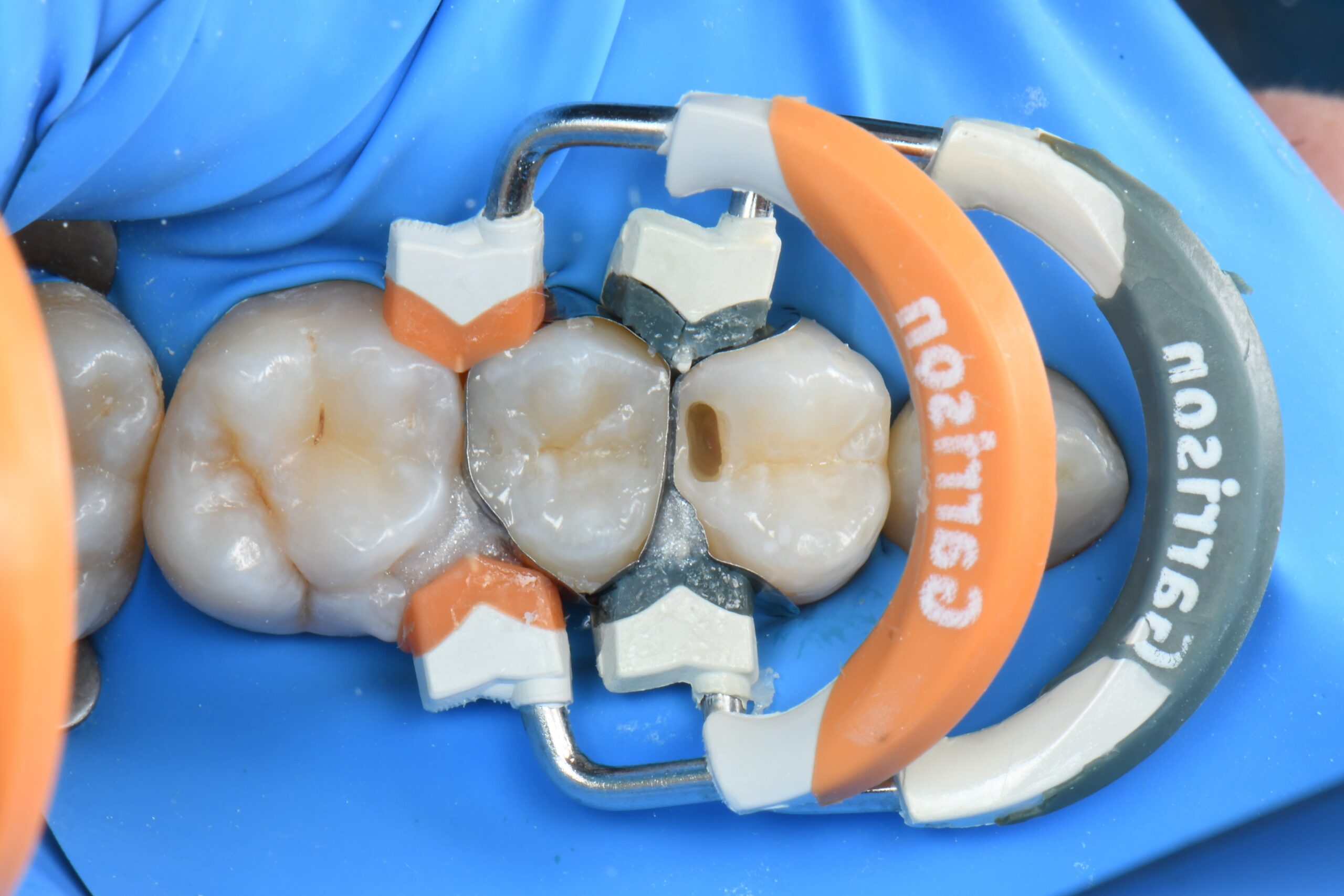
Restoration of the second premolar, and restoration of the distal marginal ridge on the first premolar
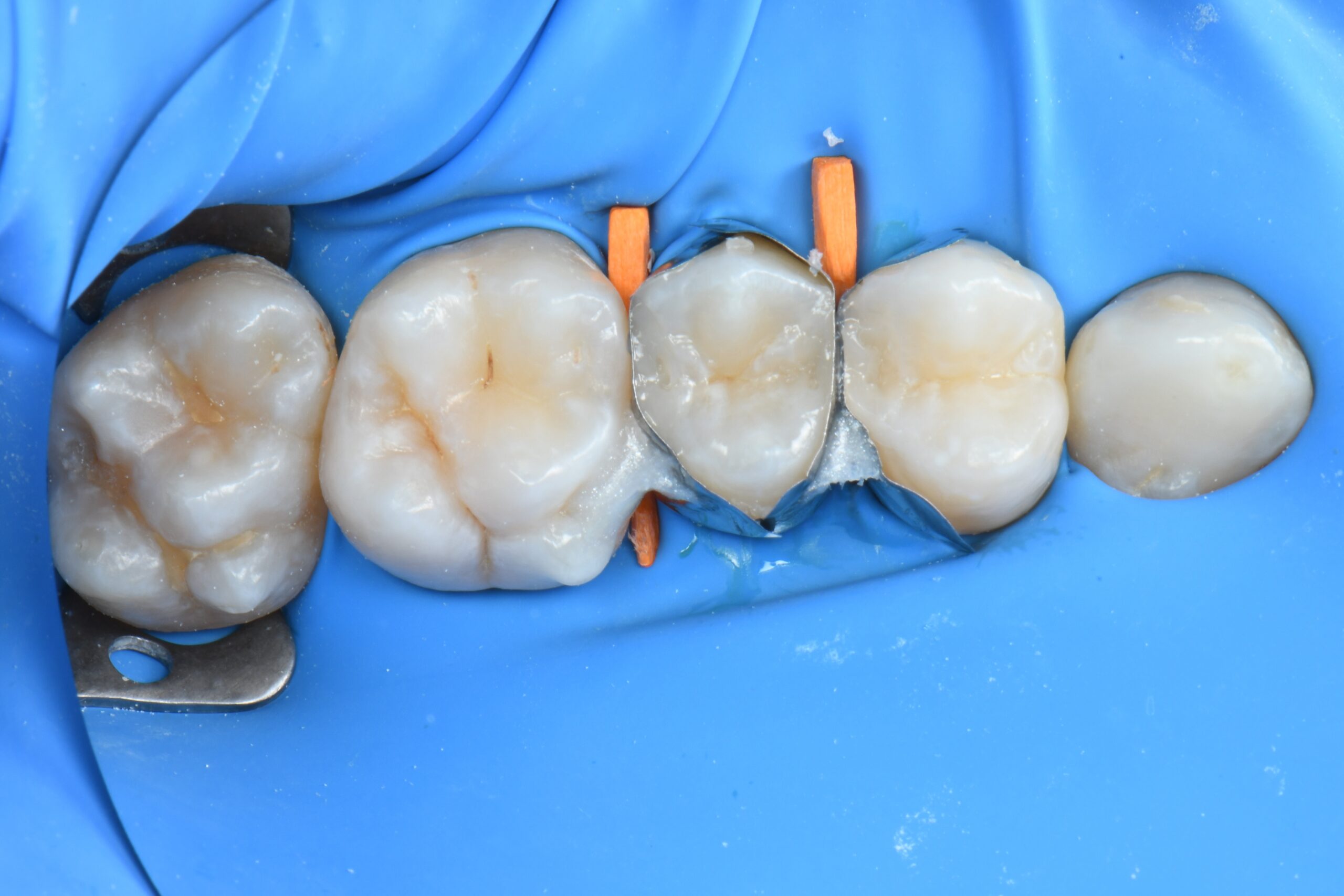
The residual cavity in the premolar is filled with 3M™ Filtek™ Easy Match Universal Restorative and occlusal anatomy is shaped
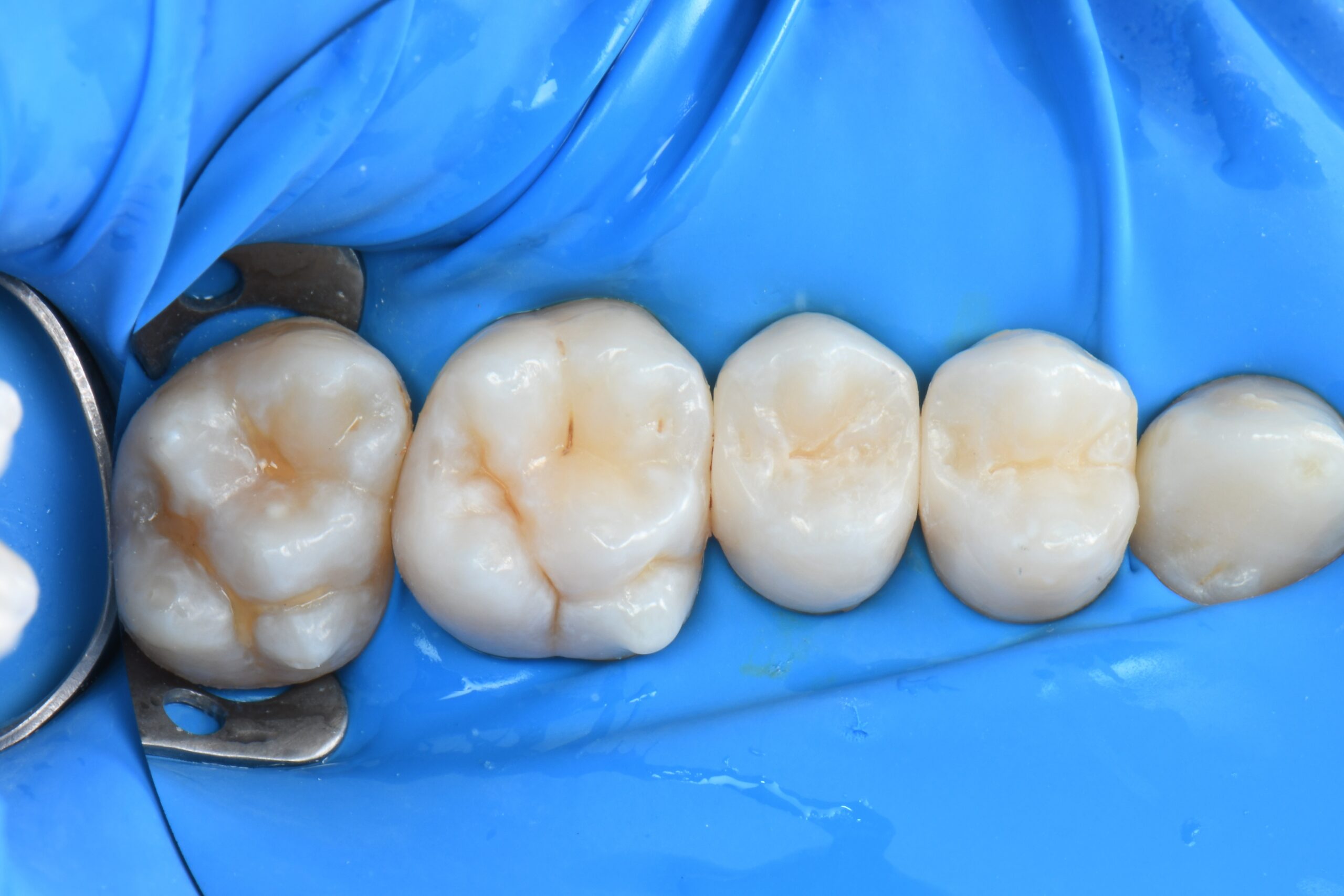
After a quick finishing phase, the restorations are polished with rubber burs and a polishing brush
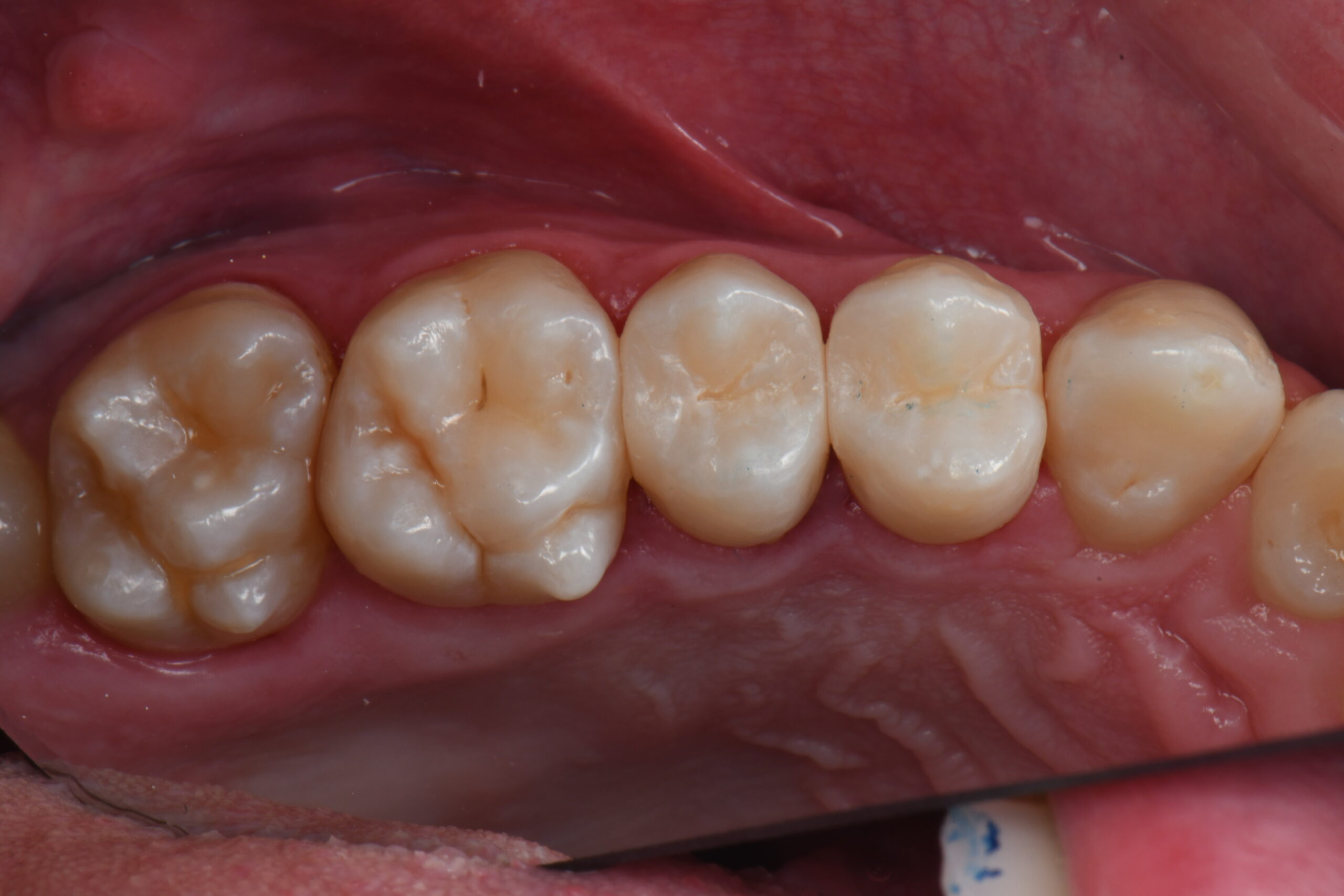
Post-op palatal view after rubber dam removal and occlusal adjustments
Refer to Instructions for Use (IFU) for complete product information. Results may vary.